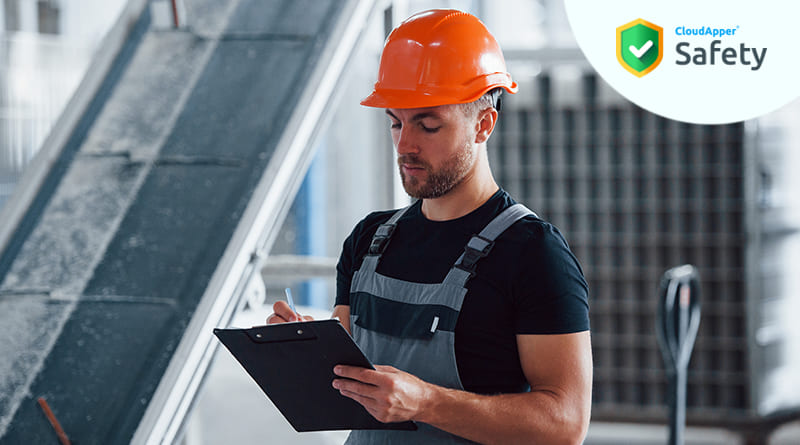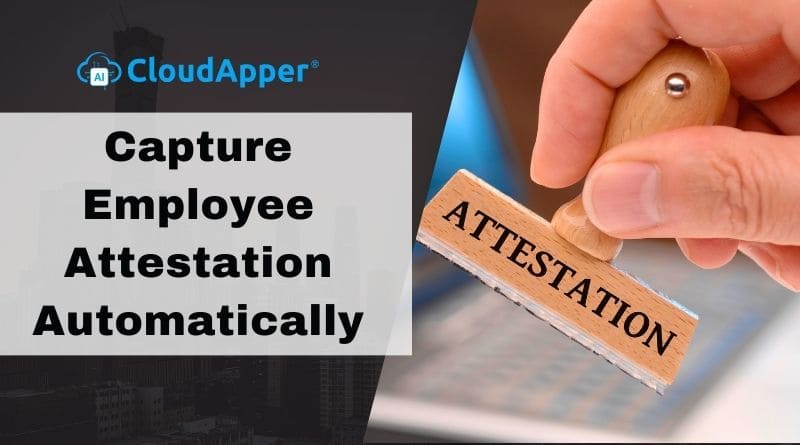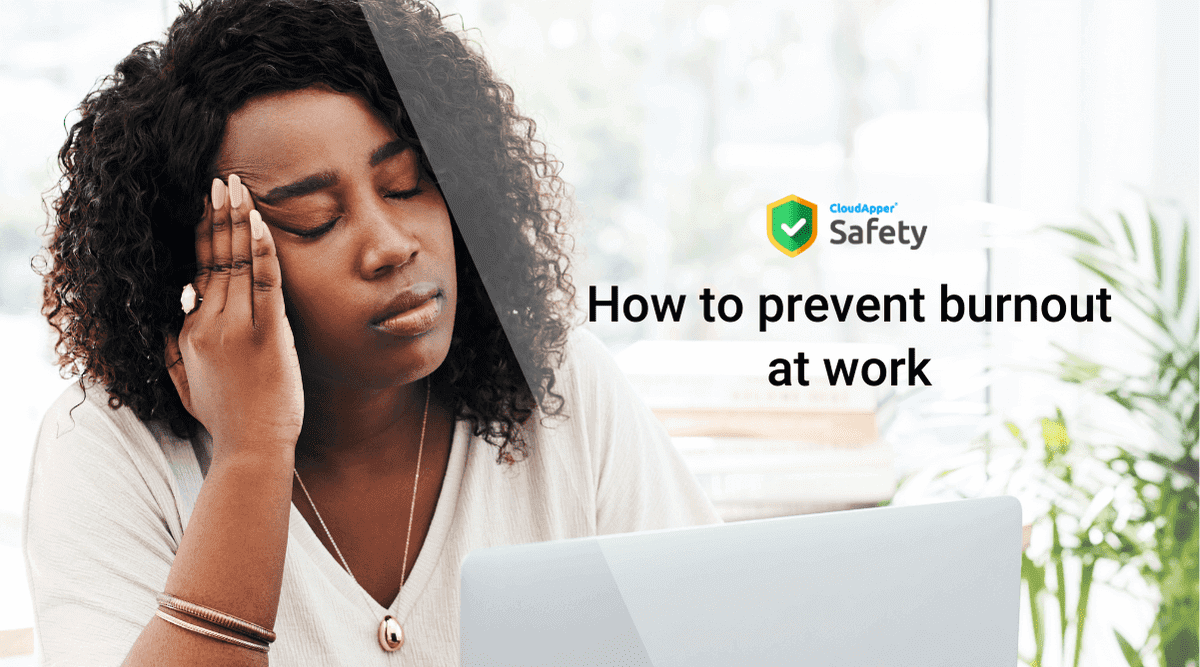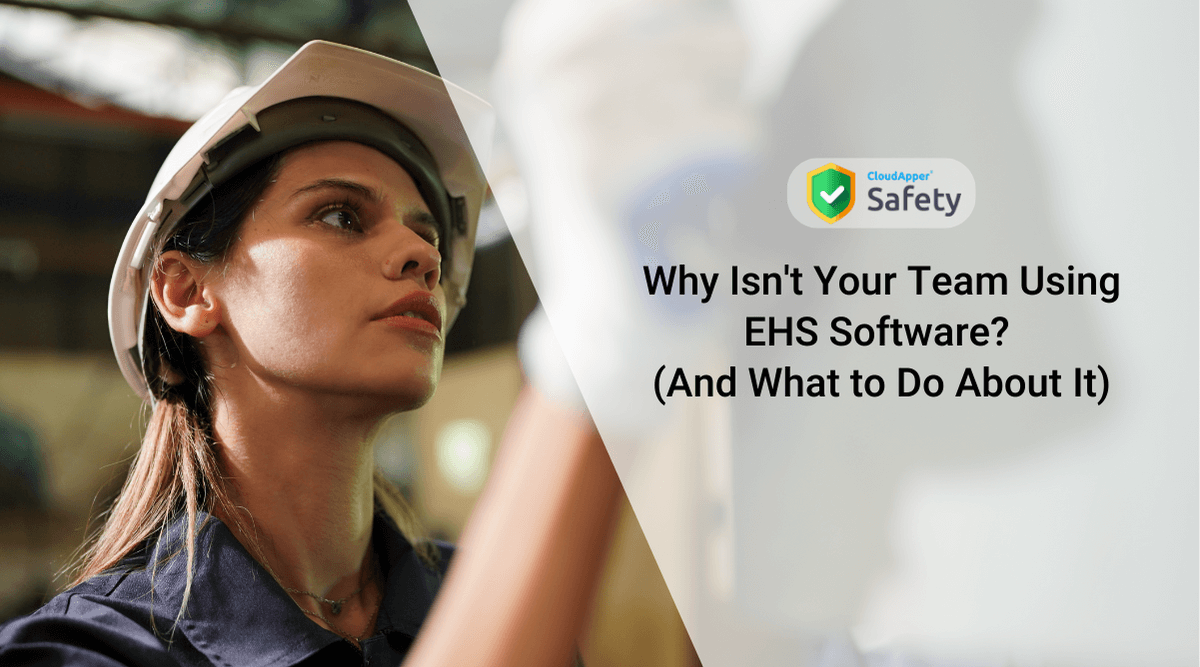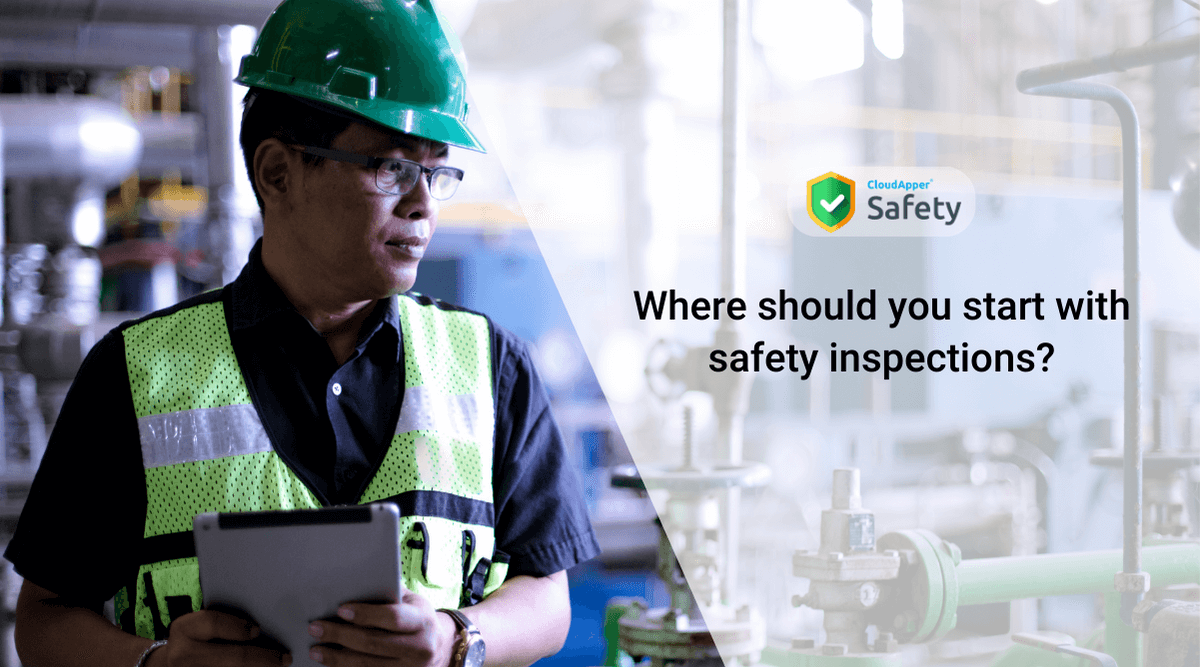Even within the same company, occupational health and safety is rarely one-size-fits-all. Different jobs necessitate different approaches to safety.
Some employees, for example, work in isolated zones that separate them from their managers and coworkers. Some employers may face new safety challenges as a result of this. How organizations handle employees who work alone can have an impact on overall workplace safety. That is why we want to go through some of the ways in which employers can protect employees who work alone.
Set Up a Panic Button
Certain jobs need solitary employees to have a panic button that can call for assistance immediately. This category includes janitors, room-service attendants, housekeepers, and other comparable occupations. Of course, having a panic or emergency button for any workers who are on their own isn’t a bad idea, even if it isn’t needed.
Consider the Risks
Obviously, it’s critical for any employee to be aware of the workplace’s possible risks before starting work. It’s also an OSHA mandate. However, there are extra risks that only individuals who work alone for lengthy periods of time face. What if someone falls or suffers a medical emergency, such as a heart attack? This person may or may not be discovered. This is why all solo employees should have a job hazards analysis completed to help them and their employers understand all of the risks and hazards involved.
Make a Check-In Strategy
When it comes to isolated employees, communication is always crucial, and it often needs to be arranged ahead of time. An employee should check in with a supervisor at regular intervals, and that check-in should be recorded. If a check-in is missed, the point person can alert the relevant emergency personnel to assist in locating the missing employee. At every check-in, the location of that employee should be logged so that emergency personnel have at least the last known location of that person. Keep in mind that OSHA does not have clear requirements for what constitutes an adequate check-in period, therefore this should be determined based on the specific dangers that the person is exposed to.
The Best Way to Train
Training is important for all workers, but it is more important for lone workers. They must be taught how to deal with certain situations so that they can begin assisting themselves while waiting for help. Solo workers should have the proper safety equipment and first-aid supplies at all times. These are important details for lone workers to remember.
Look for Ways to Improve
When it comes to lone workers, as with all other elements of occupational health and safety, nothing will ever be ideal. The procedures should be evaluated on a regular basis to see if anything is being ignored. When workers are left alone for extended periods of time, the margin of error tends to narrow. That is to say, the devil is in the details, and any minor flaw or near miss should be investigated so that the process can be improved and the employee will be safer while working alone.
Ensure All Employees Are Using the Same Safety System
Regardless of whether they are a lone worker or not, every person in a company should use safety management software. Our safety solutions at CloudApper Safety are simple to use for everyone in the organization. Our software is also built to track and organize every aspect of workplace safety, ensuring that no detail is ignored.
Let us know if your organization wishes to improve workplace safety, and we’ll be pleased to become your safety partner.

